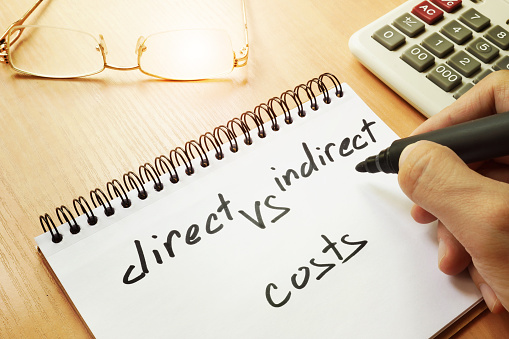If you’re an entrepreneur, you likely already have an idea of how important it is to track business expenses. However, there’s a key layer to this task. you should be aware of as well: the difference between direct and indirect costs.
Direct Costs
Direct costs are expenses that are relatively easy to tie to a specific product or outcome. For instance, if you pay a graphic-design contractor $1,000 to design a new logo for your business, that expense is a direct cost.
Indirect Costs
Indirect costs are more nebulous but equally important to track. These are expenditures not tied to any single product or outcome, yet they can have ripple effects across many parts of your business. As an example, your business might spend $10,000 on computers that will be in service for many years and across many projects.
Fixed vs. Variable Costs
Both direct and indirect costs can be fixed or variable. Fixed costs remain stable, while variable ones can change. Typically, direct costs are variable; for instance, materials may go up or down in price. But direct costs can sometimes remain fixed, with an example being labor costs that do not change regularly.
As for indirect costs, rent is an example of a fixed cost, as it will not increase or decrease for the duration of a lease. The cost of repeat purchases like office supplies, however, is variable.
Why Does It Matter?
Knowing the difference between direct and indirect costs may be critical when it comes to applying for grants or other types of funding, as eligibility is often tied to spending the money on one type of cost but not the other. Some tax breaks, too, are triggered by indirect or direct costs only.
Need Funding? Contact Dorra Financial Group
Regardless of how tightly you control costs, your business may still benefit from outside funding. To discuss your business’s financial options with an expert, just reach out to Dorra Financial Group.

